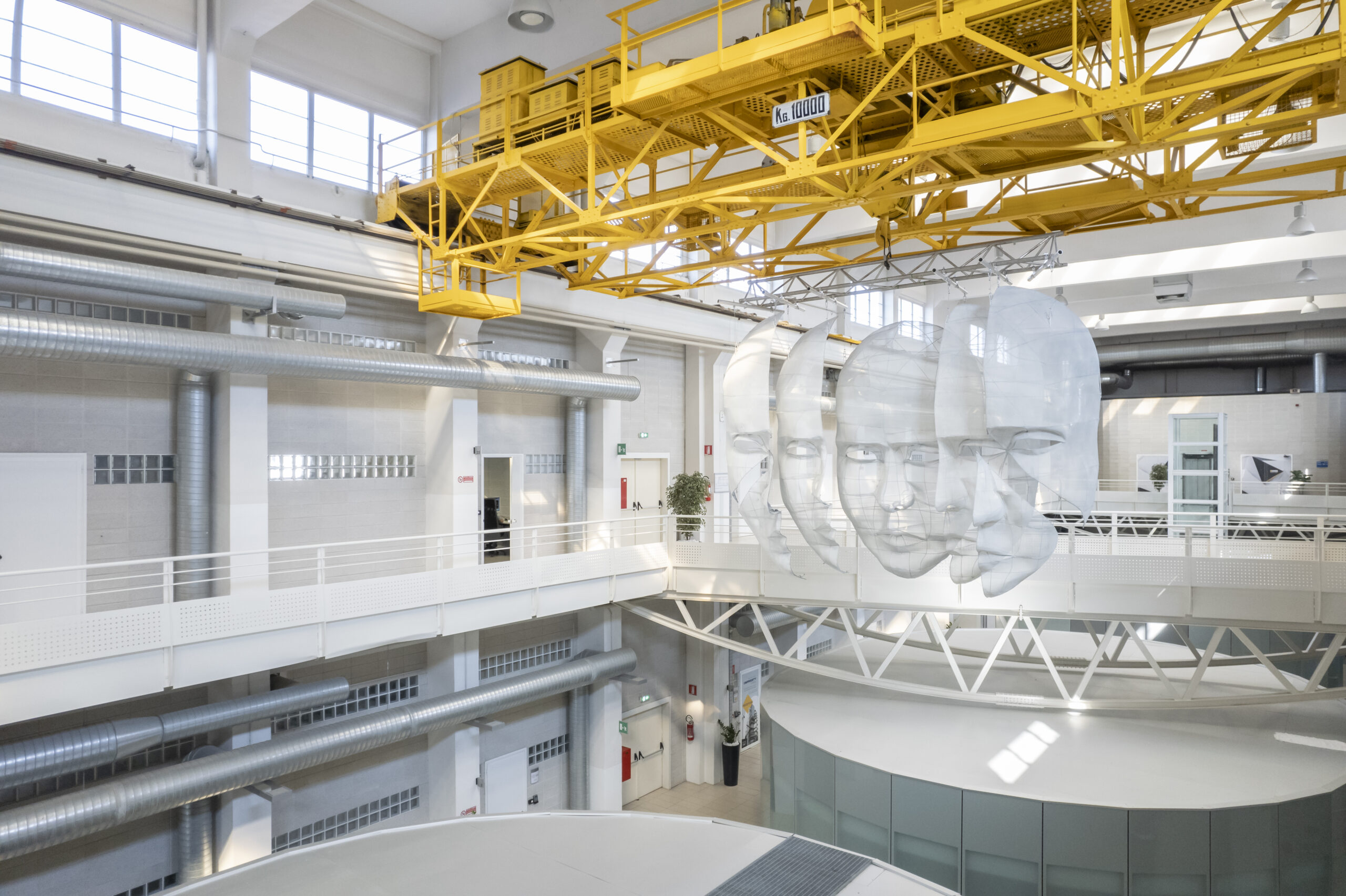Predictive maintenance or maintenance 4.0 brings benefits on both a technological and business level: it is a strategic opportunity that contributes to a company’s competitiveness in its industry. What predictive maintenance allows is a real-time analysis of data on the production and health of the organization’s processes.
Technological innovation for predictive maintenance
Predictive maintenance uses machine learning and data analysis techniques to understand and estimate when an equipment failure might occur. Therefore corrective maintenance activities can be scheduled at the time when it is most cost and time effective.
Considering a general shift towards Industry 4.0, predictive maintenance only works if it is associated with an overall digitisation path of the company: from the incorporation of sensors that monitor processes and hardwares, to the enabling of more advanced ICT systems. Artificial Intelligence can also become part of the analysis and decision support for response strategies to possible malfunctions.
Implementation of systems for predictive maintenance
Unlike condition-based maintenance, which only works when a certain condition occurs by sending a signal to the technical team, predictive maintenance is based on the analysis of parameters recorded by the machines. From the data from sensors and processes, the prediction of the point of failure is automated. Nowadays, there are still few companies that have the expertise to implement technological systems for predictive maintenance.
TC2’s Technical Consultancy team provides companies with technical and strategic consulting for the evaluation of the company’s investment in digital transformation.
Benefits of predictive maintenance
Making production processes and equipment reliable drives companies to study and apply more proactive maintenance strategies, seeking improved performance, safety and efficiency. With predictive maintenance:
- costs and business risks are reduced in the long run;
- machine downtime is avoided;
- the risk of safety-related accidents is minimized.





